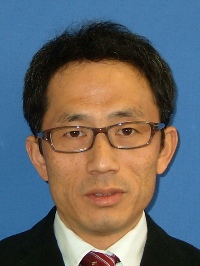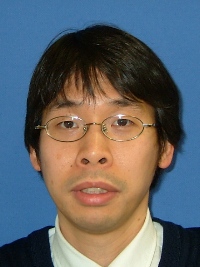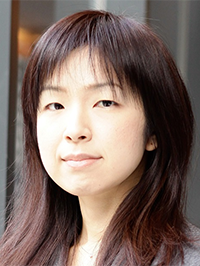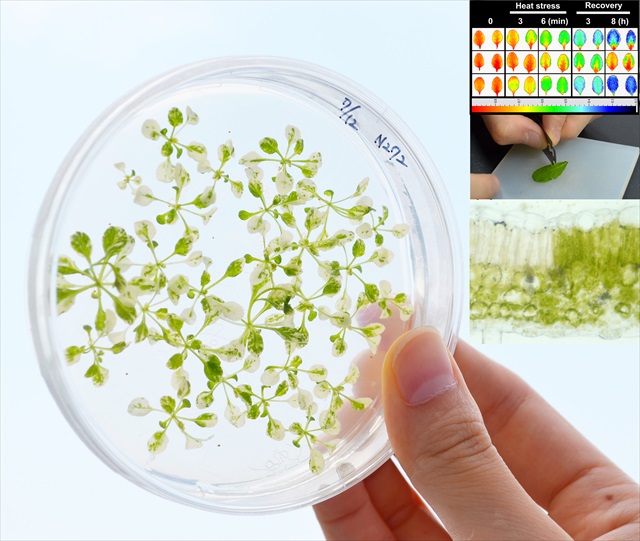
Research
Plant Light Acclimation Research Group
 |
Link to group homepage |
Faculty staff
 |
Prof. Dr. Wataru SAKAMOTO E-mail:sakaATokayama-u.ac.jp |
(please change AT to @ before sending) | ||
 |
Assoc. Prof. Dr. Ryo MATSUSHIMA E-mail:rmatsuATokayama-u.ac.jp |
(please change AT to @ before sending) | ||
 |
Assitant Prof. Dr. Yuki OKEGAWA E-mail:okegawaATokayama-u.ac.jp |
(please change AT to @ before sending) |
Lectures: Model Plant Genetics and Breeding, Plant Physiology and Genetics
Keywords: Photosynthesis; Organelle structure and development; Chloroplast; Light
Summary of main research topics
| Photosynthesis and chloroplast biogenesis: Understanding to innovation Our life on earth cannot continue without the atmospheric environment, which is maintained by oxygenic photosynthesis. Plants perform photosynthesis in chloroplasts, where light energy is converted into chemical energy by a series of electrochemical reactions. In contrast, sessile land plants are exposed incessantly to excess light energy or harsh atmospheric environments that engender ‘photodamage’. How do plants cope with such photosynthetic inactivation? What are the key elements to maintaining or even maximizing chloroplast functions? Our group studies various aspects of chloroplast development and photosynthesis. Through understanding of the factors involved in photoprotection and chloroplast function, we aim at improving crop productivity against atmospheric stress over the long term. |
 |
Latest publications (for complete and most current publications visit group pages)
(1) Matsushima, R., Hisano, H., Galis, I., Miura, S., Crofts, N., Takenaka, Y., Oitome, N. F., Ishimizu, T., Fujita, N., Sato, K. FLOURY ENDOSPERM 6 mutations enhance the sugary phenotype caused by the loss of ISOAMYLASE1 in barley. Theor. Appl. Genet. 136: 94. doi.org/10.1007/s00122-023-04339-5 (2023. 4.)
(2) Sakamoto, W., Takami, T. Maternal plastid inheritance: two abating factors identified. Trends. Genet. 39: 342-343. doi.org/ 10.1016/j.tig.2023.03.002 (2023. 5.)
(3) Sakamoto, W. Greetings from the PCP Editor-in-Chief. Plant Cell Physiol. 64: 701-703. doi.org/10.1093/pcp/pcad061(2023. 7.)
(4) Ogawa, Y., Iwano, M., Shikanai, T., Sakamoto, W. FZL, a dynamin-like protein localized to curved grana edges, is required for efficient photosynthetic electron transfer in Arabidopsis. Front. Plant Sci. 14: 1279699. doi.org/10.3389/fpls.2023.1279699 (2023. 9.)
(5) Okegawa, Y. PCP Research Highlights: Regulatory Role of Three Important Post-Translational Modifications in Chloroplast Proteins. Plant Cell Physiol. 64: 1119-1123. doi.org/10.1093/pcp/pcad097 (2023. 10.)
(6) Okegawa, Y., Sato, N., Nakakura, R., Murai, R., Sakamoto, W., Motohashi, K. x- and y-type thioredoxins maintain redox homeostasis on photosystem I acceptor side under fluctuating light. Plant Physiol. 193: 2498-2512. doi.org/10.1093/plphys/kiad466 (2023. 11.)
(7) Kato, Y., Kuroda, H., Ozawa, S. I., Saito, K., Dogra, V., Scholz, M., Zhang, G., de Vitry, C., Ishikita, H., Kim, C., Hippler, M., Takahashi, Y., Sakamoto, W. Characterization of tryptophan oxidation affecting D1 degradation by FtsH in the photosystem II quality control of chloroplasts. Elife 12: RP88822. doi.org/10.7554/eLife.88822 (2023. 11.)
(8) Sakamoto, W., Takami, T. Plastid inheritance revisited: emerging role of organelle DNA degradation in angiosperms. Plant Cell Physiol. doi.org/10.1093/pcp/pcad104 (2023. 9. Online preview)





